Petrol nears N900/litre as OPEC+ plans oil production hike
The pump price of petrol in Nigeria could rise to N900 per litre this week, driven by the persistent volatility in global crude oil prices and domestic supply adjustments.
Crude oil prices have been hovering around $70 per barrel, and in a recent development, OPEC+—an alliance that includes non-members of the Organisation of Petroleum Exporting Countries—agreed on Sunday to increase oil production by 547,000 barrels per day in September.
Local depots have already begun raising gantry prices for petrol, climbing from an average of N820 on Thursday to N870. However, many filling stations across Lagos and Ogun States have temporarily maintained pump prices between N865 and N875. Over the weekend, gantry prices remained elevated, but many stations refrained from adjusting their meters significantly. Notably, Matrix filling station at Kara, along the Lagos-Ibadan Expressway, displayed N910 per litre on Saturday, while Rainoil in Ibafo sold at N900 on Sunday.
Industry observers believe that filling stations that have adjusted their prices likely received new supplies at the latest depot rates. A clearer price trend is expected to emerge in the coming days.
Data from Petroleumprice.ng on Sunday showed that:
-
Aiteo, Aipec, A.A. Rano, and Emadeb listed ex-depot prices at N865
-
NIPCO, Matrix, Sahara, and Bono sold to retailers at N870
-
Dangote offered the most competitive price at N858
-
Fynefield, Mainland, Sigmund, Ever, and Zone 4 had prices reaching as high as N900
Hammed Fashola, National Vice President of the Independent Petroleum Marketers Association of Nigeria (IPMAN), attributed the pricing volatility to fluctuations in both the foreign exchange market and global crude oil prices. He urged stakeholders to remain patient and monitor price movements closely. “Let’s wait till Monday,” he told The PUNCH.
Meanwhile, OPEC+’s recent decision to increase output marks the latest in a series of accelerated production hikes, aimed at reclaiming global market share amid concerns over possible supply disruptions linked to Russia.
According to Reuters, the group’s new commitment reverses its largest output cuts and introduces a separate increase for the United Arab Emirates, totaling approximately 2.5 million barrels per day—equivalent to 2.4% of global oil demand. This development follows growing U.S. pressure on India to reduce its Russian oil imports as part of broader geopolitical efforts related to the war in Ukraine.
In a post-meeting statement, OPEC+ cited a strong global economy and dwindling oil stockpiles as reasons for the production boost. Brent crude closed near $70 per barrel on Friday, a sharp rebound from a 2025 low of nearly $58 in April, driven in part by rising seasonal demand.
“Given fairly strong oil prices at around $70, it does give OPEC+ some confidence about market fundamentals,” said Amrita Sen, co-founder of Energy Aspects. She noted that market structures also indicate tight inventories.
The eight OPEC+ members who convened for the virtual meeting are expected to reconvene on September 7 to evaluate the possibility of reinstating another layer of output cuts totaling 1.65 million barrels per day. These cuts are currently set to expire at the end of 2026.
OPEC+—which includes 10 non-OPEC countries such as Russia and Kazakhstan—controls nearly half of global oil supply. After years of production curtailment to stabilize prices, the group reversed course in 2025, spurred by global appeals, including from former U.S. President Donald Trump, to ramp up output.
The group has progressively increased output since April, with hikes as follows:
-
April: 138,000 bpd
-
May to July: 411,000 bpd monthly
-
August: 548,000 bpd
-
September (announced): 547,000 bpd
As global energy dynamics continue to evolve, Nigerians may soon feel the ripple effects at the pumps—potentially pushing fuel prices to historic highs.
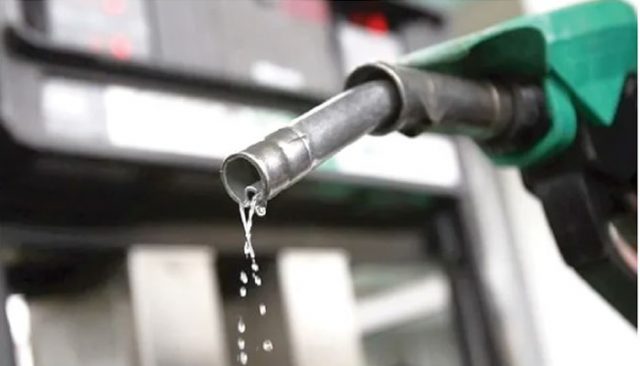
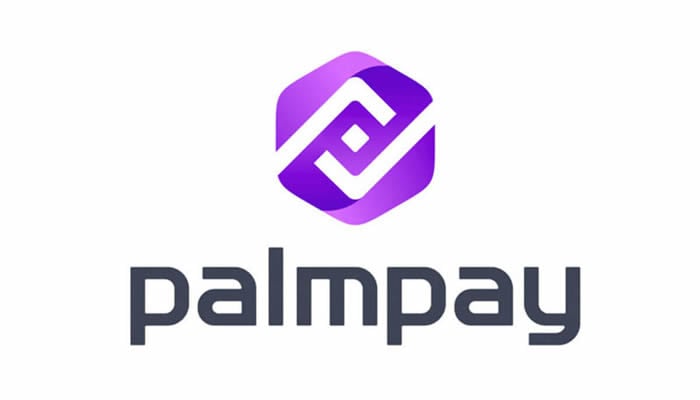
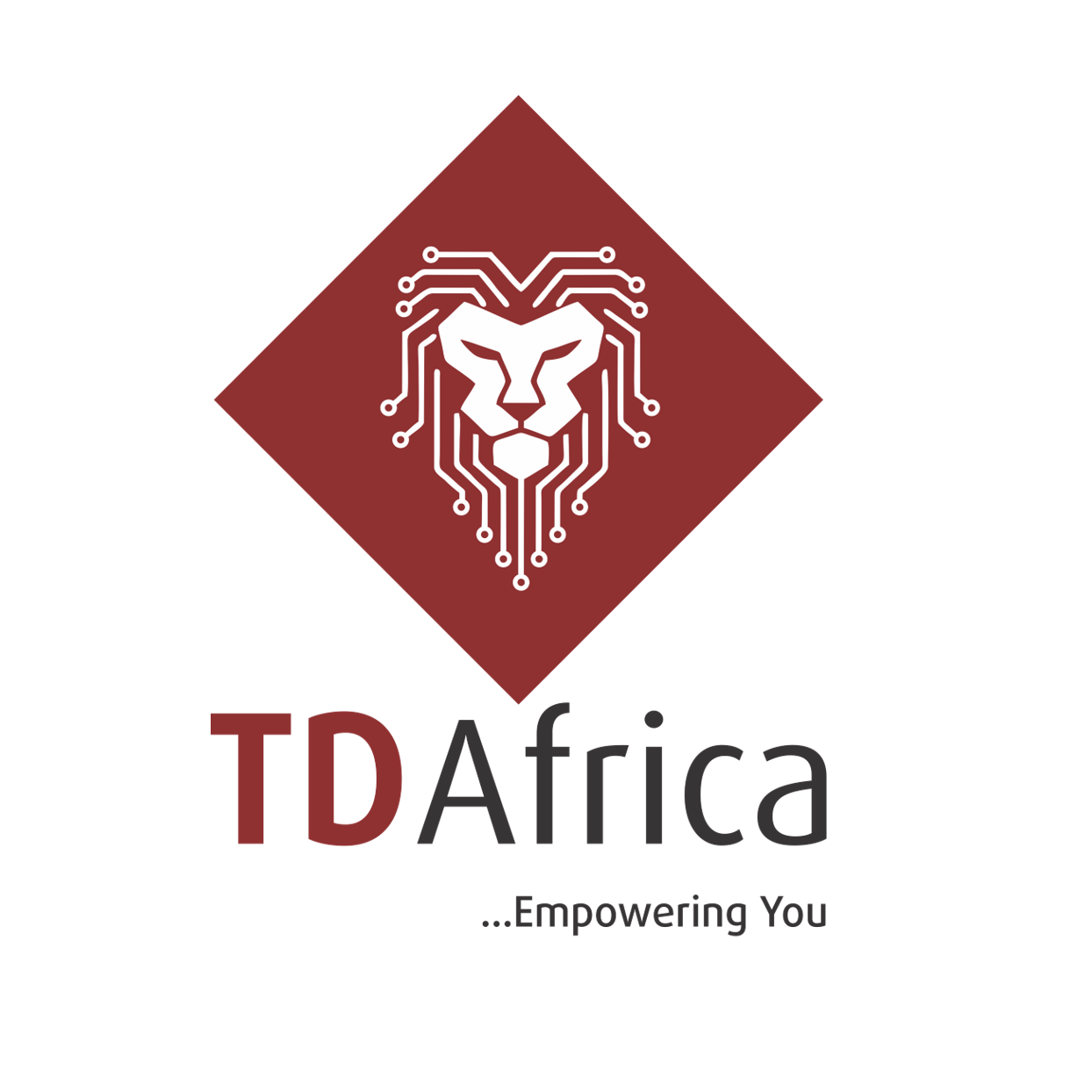

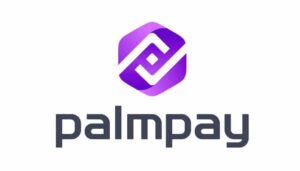
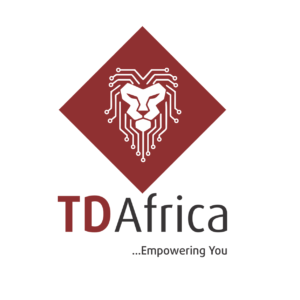


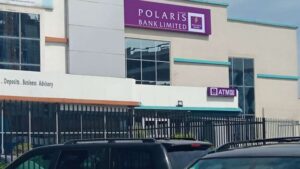

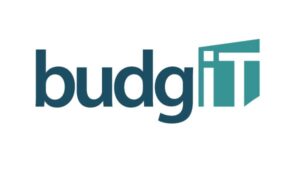

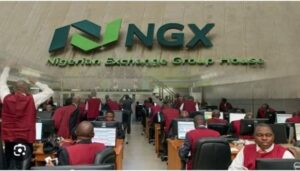
Post Comment